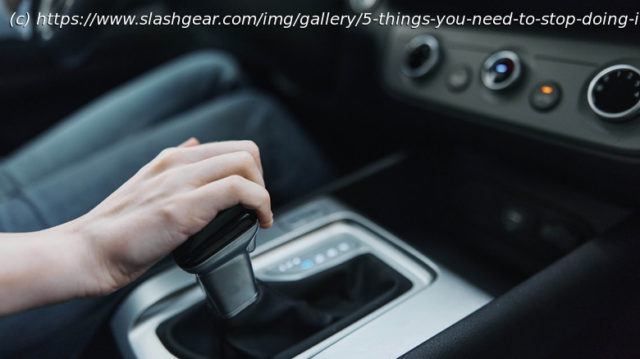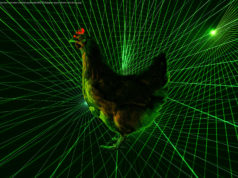The classic transmission is in flux as manual transmissions fall and CVTs rise. These tips will ease the transition from a manual to an automatic transmission.
Switching from a manual to an automatic transmission may require relearning some driving techniques, maintenance tips, and correcting bad habits that did not apply to driving a manual transmission. Automatics are usually easier than driving a manual car. You will also have to take care of an automatic car a little differently than your manual one, since it relies on an advanced automatic transmission system that engages multiple components and torque delivery to enable a sophisticated drive without manual gear controls.
To make the transition smoother, here are things you need to stop doing if you drive an automatic car to get the maximum performance out of the vehicle and its components. Trust us, repairing and replacing components, especially within the automatic transmission system, is an expensive process that you may not be able to afford on a monthly basis. So, the wiser option is to follow the right practices to avoid any unwanted damage and repairs.Driving with two feet
Using two feet while driving is generally not a good practice, whether in a manual or an automatic car. With both feet on the pedals, you might get confused in case of an emergency or unexpected circumstance, inadvertently pushing the wrong pedal in a sudden reflex move. Rather, one foot would be a better approach, as accelerating and braking generally shouldn’t happen at the same time.
In the event that you accidentally press both pedals simultaneously — particularly in automatic cars — the braking system will overpower the acceleration signal, thereby halting the car immediately, which can also be injurious if safety protocols are not followed. For instance, both passengers in the front seats will experience sudden inertia, and if seatbelts are not worn, it can be really dangerous. The rule is that the right foot does the accelerating and braking. The left foot you used so much to work the clutch before can go into semi-retirement when you get an automatic transmission.Coasting in neutral gear
Firstly, let us clear up the concept of coasting. Think of it as moving the car without the engine being on. You put the car in neutral and let it move naturally without accelerating, especially in a downhill situation. This is a mistake you need to avoid with automatic transmissions.
What might appear as a harmless way to save some fuel has several downsides in reality. When coasting in an automatic car, you barely have any control over it, which means it is kinda difficult to apply the brakes in case a sudden object comes in front of your car. Aside from this, you will need to apply the handbrakes more aggressively if the car starts to deviate from the desired path, as this can damage the internal components if the car comes to an abrupt stop.






